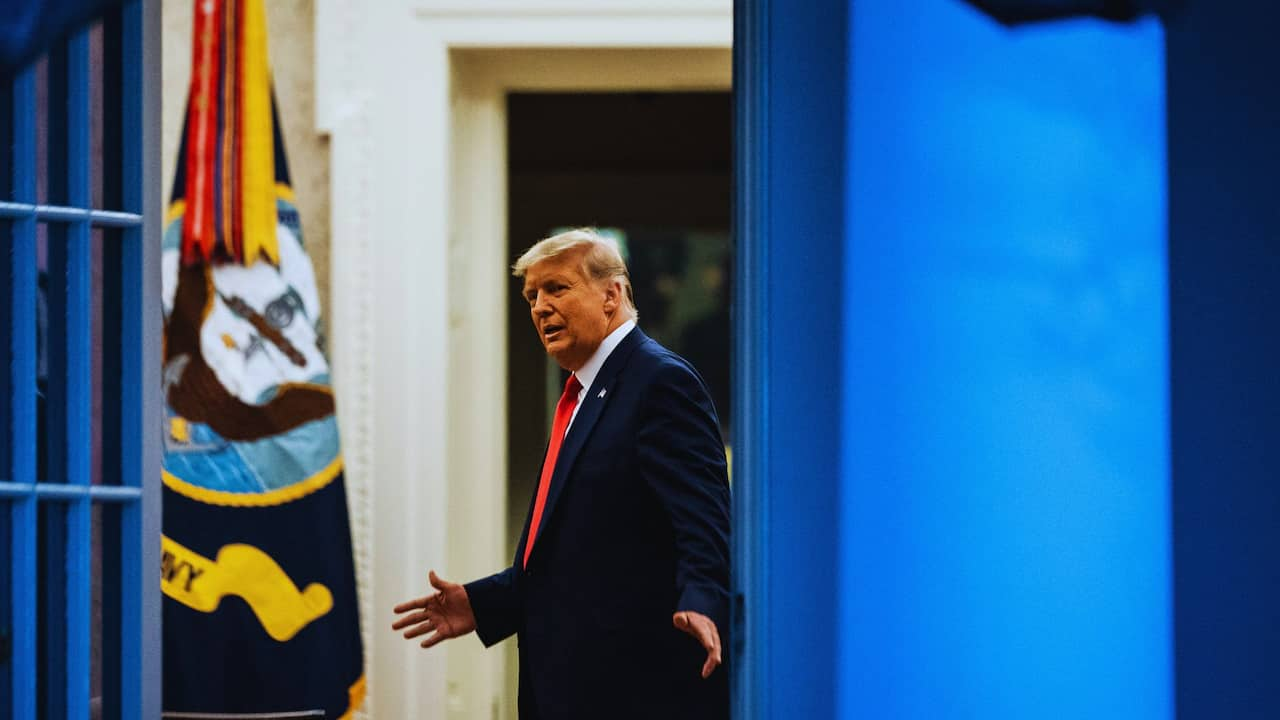Trump’s Cabinet Picks Spark Constitutional Showdown: What You Need to Know
Donald Trump’s controversial Cabinet nominations have set the stage for what could be an unprecedented constitutional battle, as the president-elect signals he may bypass traditional Senate confirmation processes through recess appointments.
Trump’s selections of Pete Hegseth for Defense Secretary, Tulsi Gabbard for Director of National Intelligence, and most notably, Matt Gaetz for Attorney General, have faced significant resistance, even from within his own party, in a move that has shocked Washington.
A Constitutional Chess Game
The stakes couldn’t be higher as Trump’s team explores a rarely-discussed constitutional provision that could allow him to sidestep Congress entirely. In cases of disagreement about adjournment timing, the president has the power under Article II, Section 3 to adjourn Congress—a power never used in American history.
There is disagreement among legal experts regarding this potential strategy. Georgetown University constitutional law professor Josh Chafetz notes that the current Supreme Court has shown a strong tendency to support executive power, particularly in cases involving Trump. However, former U.S. Attorney Harry Litman warns that such a “contrivance would be unprecedented.”
Republican Leadership Under Pressure
Senate Majority Leader John Thune finds himself in a difficult position. While expressing a desire for traditional confirmation hearings, he acknowledged to ABC News that Republicans are “exploring all options.” This careful language highlights the delicate balance Republican leadership must strike between party loyalty and constitutional duties.
Senator Kevin Cramer’s frank admission that Gaetz wouldn’t survive a confirmation vote today underscores the depth of concern even among Republican senators. This internal party tension suggests Trump’s selections are more than just controversial—they’re potentially transformative for the relationship between Congress and the executive branch.
Historical Context and Precedent
While recess appointments aren’t new—presidents from Bill Clinton to George W. Bush used them over 100 times—they’ve typically been reserved for lower-level positions. The scope of Trump’s potential use of this power for Cabinet-level positions would mark a significant departure from historical norms.
The Supreme Court’s 2014 ruling in NLRB v. Noel Canning set some boundaries on recess appointments, requiring breaks longer than 10 days. However, Justice Antonin Scalia’s foresightful caution that future Presidents could use this power as a weapon against future Senates holds significant relevance today.
Beyond the Constitutional Crisis
The controversy extends beyond legal questions. Trump’s selections have raised serious concerns about competence and qualification:
- Pete Hegseth: The former Fox News host’s nomination to lead the Pentagon has worried defense experts.
- Tulsi Gabbard: Her selection for intelligence chief has alarmed national security professionals.
- Matt Gaetz: His nomination for attorney general has caused particular concern given his controversial history.
Looking Ahead
As Washington braces for what could be a constitutional showdown, the implications extend far beyond these specific nominations. A successful bypass of Senate confirmation would mark a significant shift in the balance of power between branches of government.
Constitutional scholar Tom Nichols warns that these nominations represent more than just political appointments—they pose potential risks to national security and governmental stability. The coming weeks will likely determine whether traditional checks and balances prevail or if we’re entering a new era of executive authority.
The situation continues to develop, with both supporters and critics watching closely to see if Trump will attempt this unprecedented use of presidential power. What’s clear is that these nominations represent more than just personnel choices—they could reshape the very nature of American governance.
